Soft Rock Hard Times 400
︎ 379mi (609km)
︎ 34,078’ (10,386m)
︎ 34,078’ (10,386m)
︎ 53% unpaved
︎ 40% singletrack
︎ 40% singletrack
︎ 10/10 difficulty
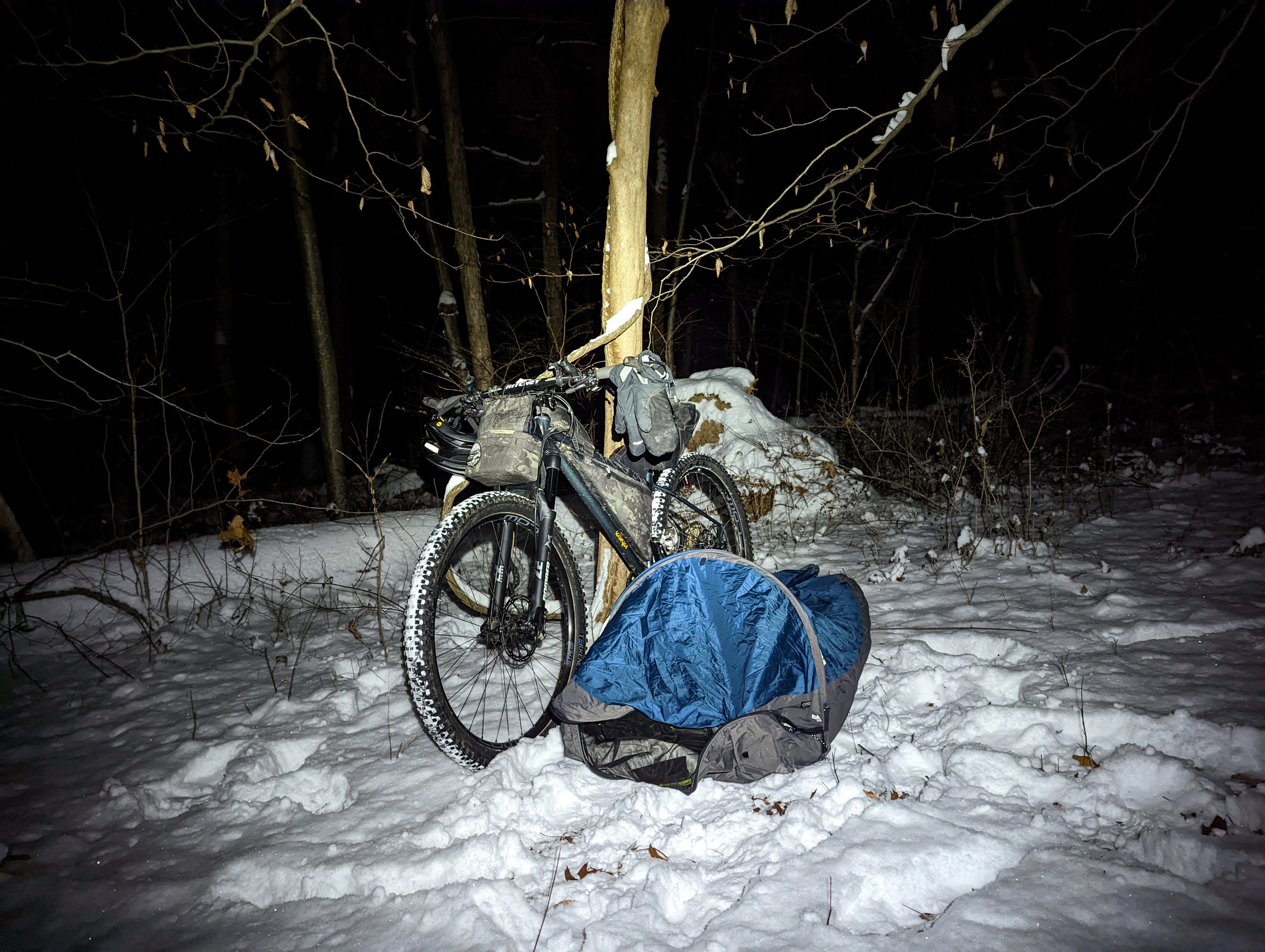




Who knows where
Trail Systems
- All of them
The whole enchilada. From White House, NJ to New Haven, CT. More than 200 miles of dirt and 157 miles of it is on rough, technical singletrack. Don’t expect flat rail trails. Most riders will be comfortable with at least a hardtail although a full suspension XC bike might be the best choice. Who knows! This is the Northeast.. More details found below.
Note: RWGPS elevation gain estimate is off. Expect there to be 6000-7000’ unaccounted for.
Want to help, contribute, make suggestions, or sponsor? Say hello!
Note: RWGPS elevation gain estimate is off. Expect there to be 6000-7000’ unaccounted for.
Want to help, contribute, make suggestions, or sponsor? Say hello!
Camping
Most of the legal campsites are marked on the map. It is up to the rider’s discretion if they choose alternative campsites. Respect Leave No Trace principles and do not camp on trails. Do your research if you’d prefer more formal, indoor accommodations - not every motel may allow bikes. Some campgrounds require check-in before a certain time. Call ahead to confirm. Do not make fires unless you’re somewhere where it’s allowed.
In the spirit of self-supported bikepack racing, you are responsible for yourself. Be a good steward of the land and practice leave no trace principles. Set up camp on flat, durable surfaces, away from trails, waterways, and roads. Respect private property. We’re not riding through a national forest where primitive, at-large camping is available everywhere. Stealth camping is at the rider’s discretion. As remote as things may feel at times, consult the map for places that are sensible for camping - you might be closer to town than you think. If deviating from the route, in order to have a recorded finish, be sure to return to the spot you left. The route has places of interest marked on the map but there will be plenty of other options available.
Route
You’ll spend most of your time in the forest. The route mostly avoids busy highway sections unless necessary. If so, it will be brief.
At times, the route may wander a bit away from what the GPX shows on your bike computer. Trails change over time and mapping software don’t always immediately update to match what’s on the ground. Refer to the blazes or what is most sensible as a path and be sure to download the most updated GPX. There are more than 30 different park management systems that you’ll pass through. There have been multiple scouting trips to confirm everything but, if access has changed for any trail system, please let me know.
Borrowing from the folks at Vermont Bikepackers: “If you run into conflict with a trail user or a landowner, please remember that it's more important to be respectful than to be right. You are representing bikepackers everywhere.“
Respect local signage and take the suggested detour if a trail system is closed. Riding on muddy trails may harm the efforts of trailbuilders.
Review Round Up, West Of The 87, Cold Spring Clover, and Rotten Apple for more photos/details.
Terrain
Rock gardens. Roots. Plenty of tech. Rollers. At times, mild exposure. There will be a mix of purpose-built singletrack and multi-use backcountry trails. Almost all of the route is rideable although it may be preferable to hike some sections in order to conserve energy. The most notable hike-a-bike is a 0.75 mi section after Waterloo (mile 54). The most technical section is 17 miles long in Ridgebury (starting at mile 303).
In the throes of summer, thorny wineberry bushes might creep their way into the trail. In late fall, dense leaf coverage may make it difficult to sight clean lines over rock gardens. There might be blowdowns on some of the less maintained park systems. Springtime, you might see the occasional box turtle trying to cross the trail.
Suggested Bike
There are so many options out there. Generally, people would be comfortable on a modern mountain bike with tires that are larger than 2.2”, most likely with at least 120mm front suspension and a 28-32t front chain ring. With the amount of technical riding, many would prefer full suspension and hydraulic brakes to avoid hand fatigue. A dropper would be more confidence inspiring on descents. Aerobars are not really necessary although many might want a position where they can lean onto their forearms and relax their hands.
Don’t be fooled by the goofballs on rigid gravel bikes in the photos from early scouting trips! This is a mountain bike routes on mostly blue level trails! There will be sections that you’ll need to carry your bike!
Resupply
Review the map and know what’s available and what store operating hours are. You’re never too far from civilization but there may be sections where you won’t leave singletrack for hours. Some water sources are shut off in the winter. A filter might be a good idea. I’ve noted a few things along the route but there are many more options.
Parking
This route was initially made with the intention that public transportation is used to connect trail systems. For those driving from out of state, NYC might just be the best place to park your vehicle for the duration of your ride. Find something in Brooklyn or Queens without alternate-side parking enforcement and then ride to a train station. Contact me for suggestions.
Outside of the city, Secaucus station is the most sensible place to park your car. Another option could be to leave your car in New Haven, take the 2 hr train to Grand Central, transfer to Penn Station, and then take the train another 2 hours to White House Station, keeping in mind that the Raritan Valley line only runs weekdays/weeknights.
Singlespeed
Probably something lower than a 2:1 ratio. I ride 32x22t on 29x2.6” tires but do a fair amount of hiking.
Safety
If riding after Oct 1, please make sure to wear bright colors. Stay updated on hunting seasons in NJ, NY, and CT.
Bears have been sighted on the route in the past. Be bear-aware!
If riding in the summer months, prevent the spread of Lyme disease and check for ticks.






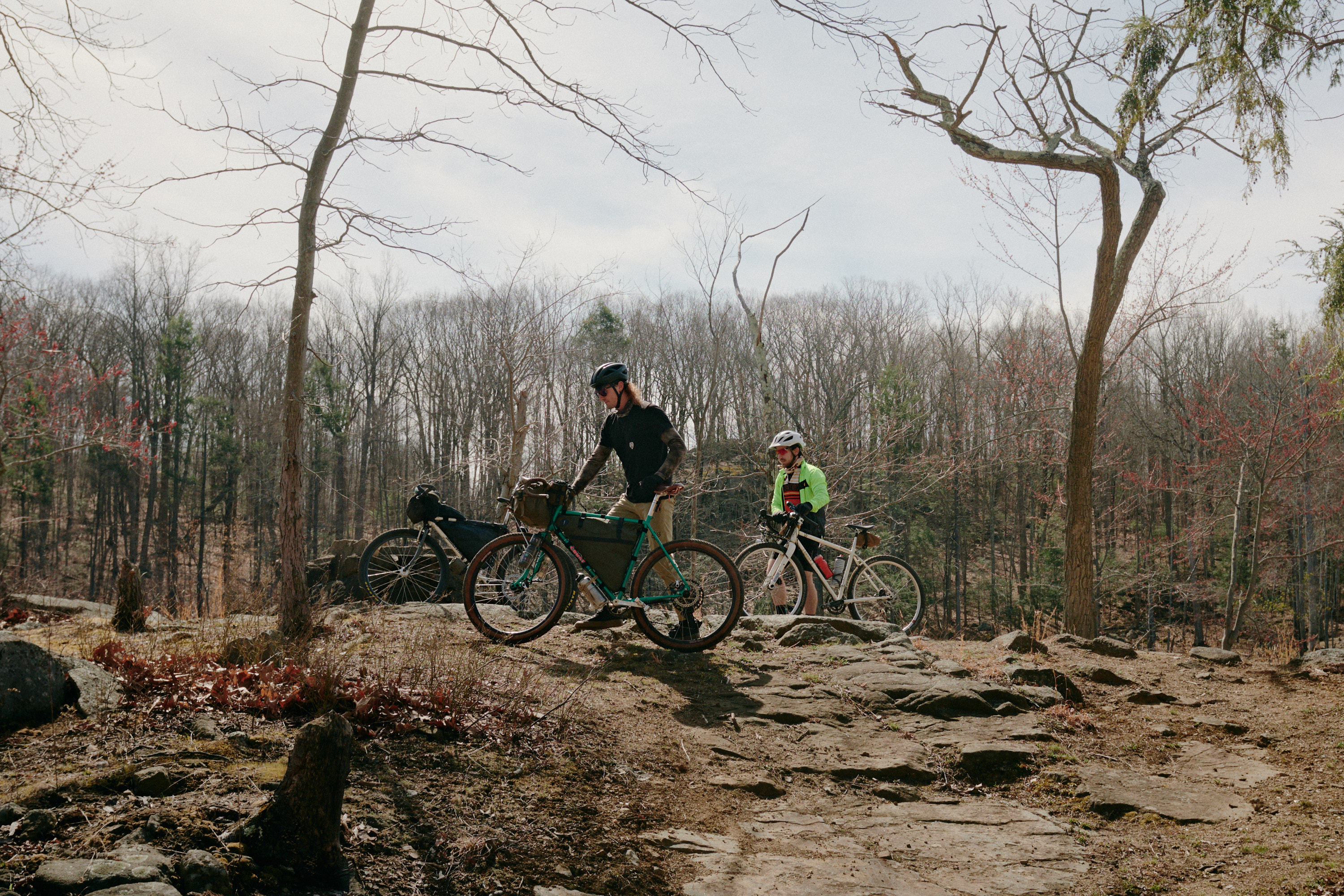




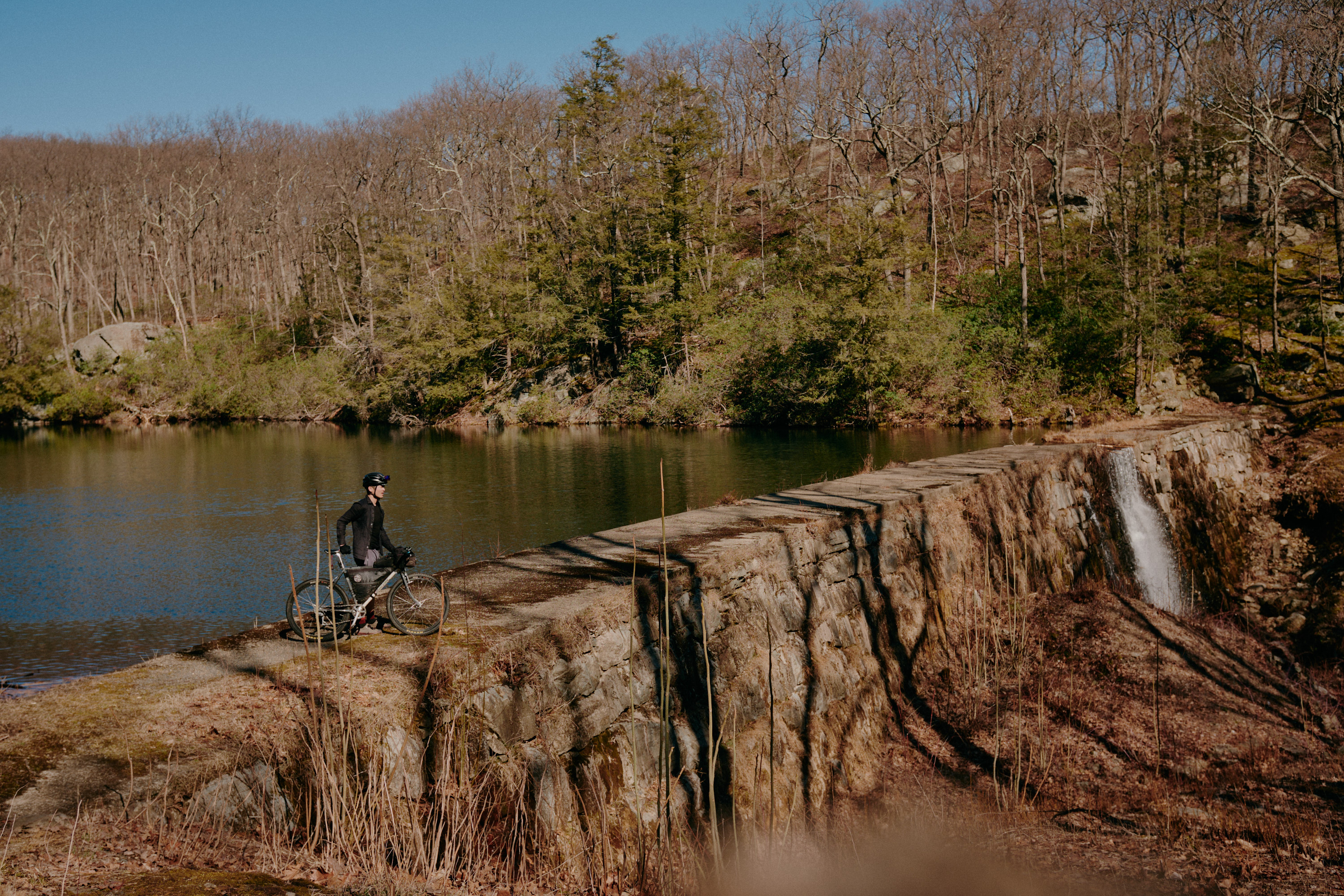











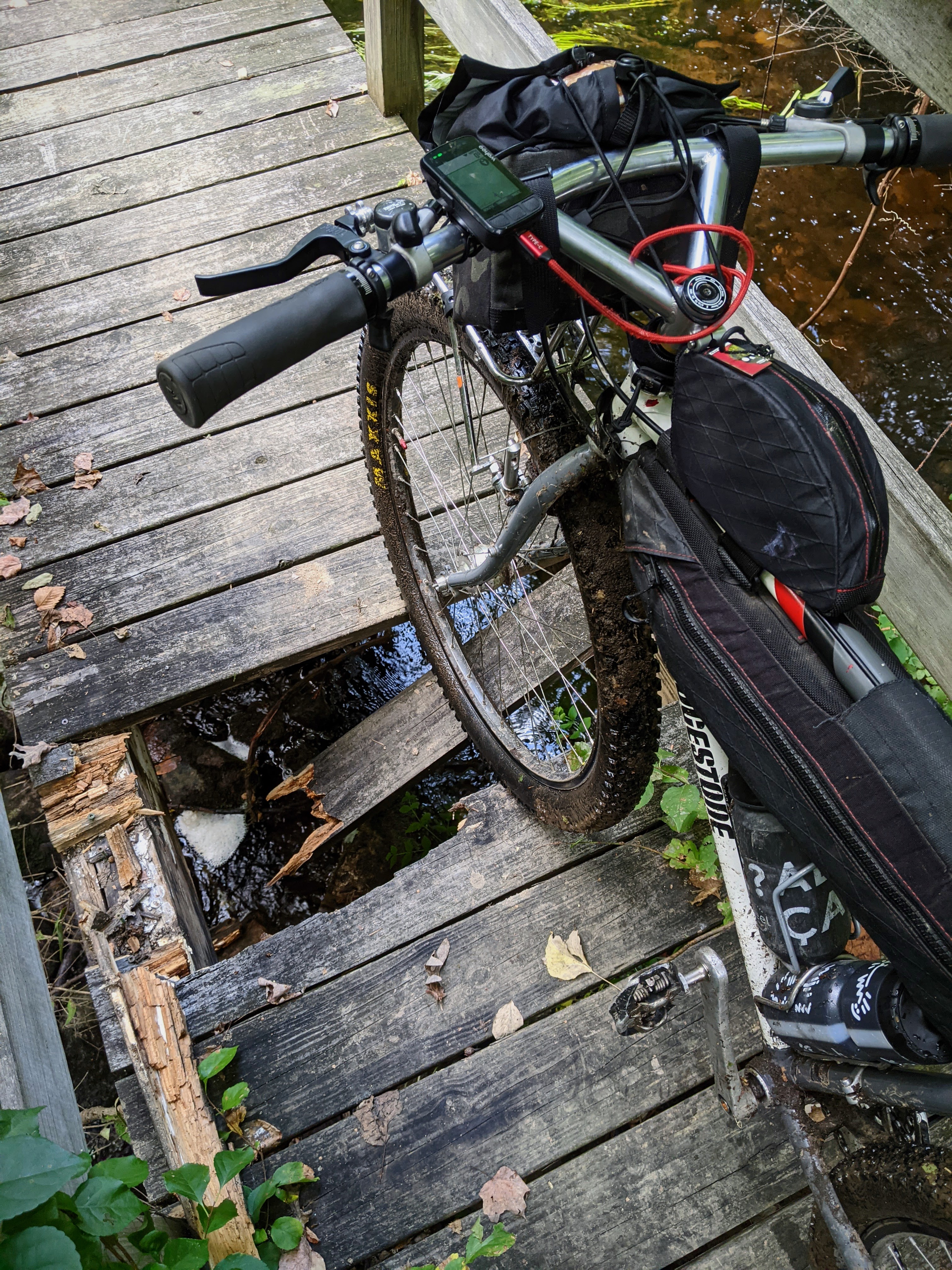


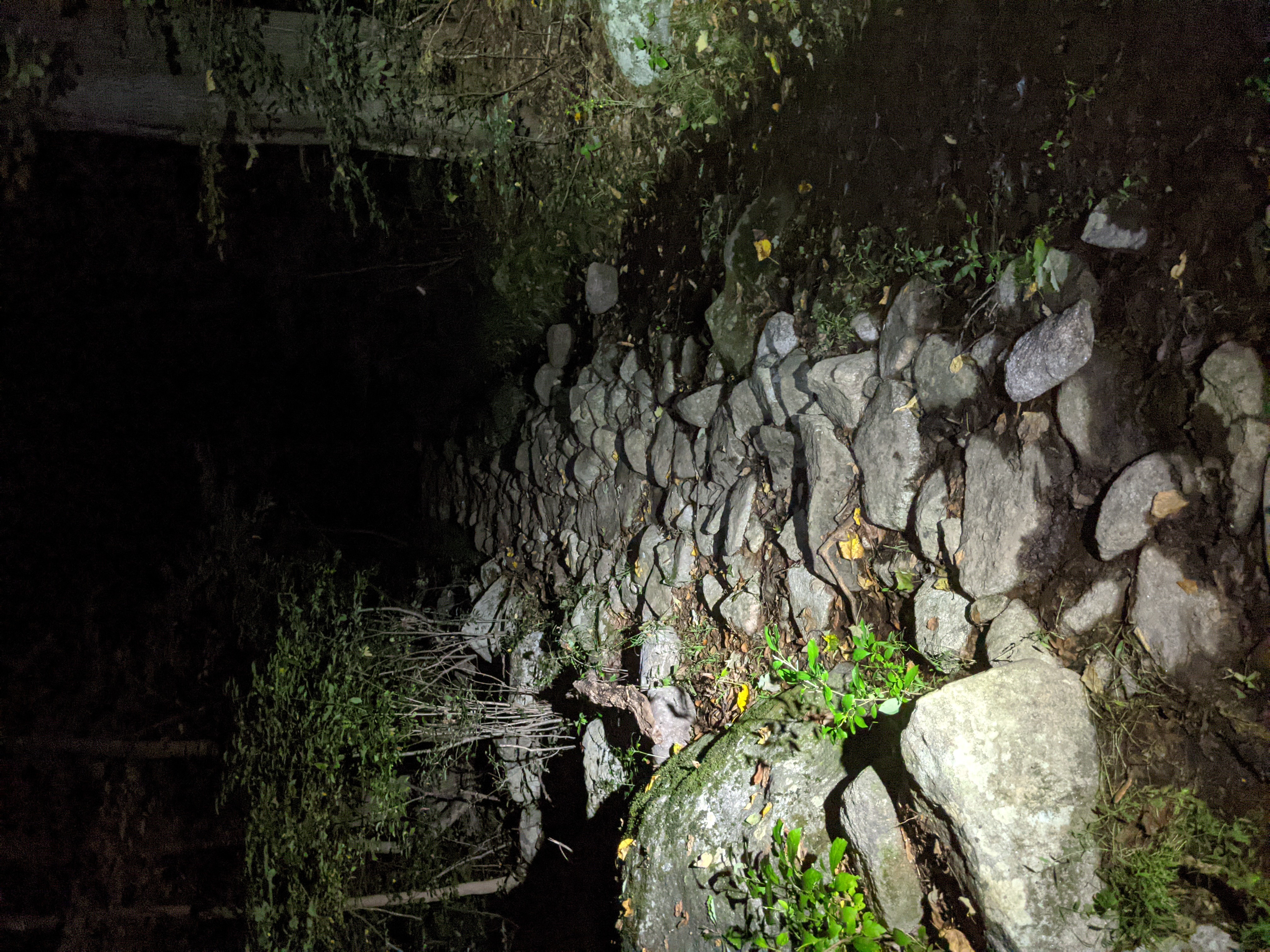

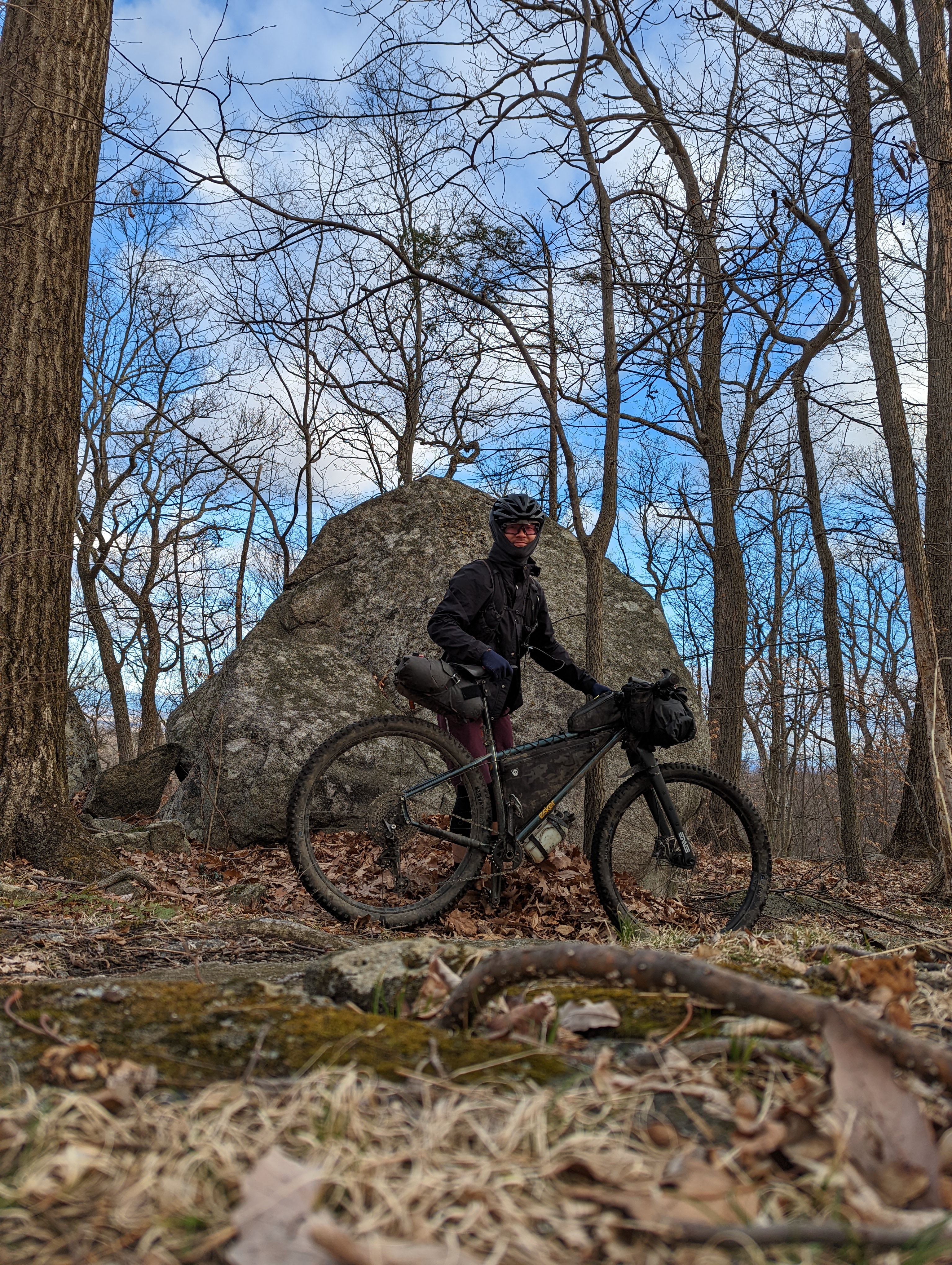
Scenes from the trail
Camping options
- Round Lake Recreation Valley
- Voorhees State Park
- Stephen’s State Park
- Mahlon Dickerson
- Harriman - Beaver Pond
- California Hill
- Clarence Fahnestock
- Salt Hill
- Tarrywile
Transit options
- White House
-
Highbridge
-
Hackettstown
-
Dover
-
Glen Rock
-
Suffern
-
Beacon
-
Cold Spring
-
Garrison
-
Peekskill
-
Katonah
-
Goldens Bridge
-
Bethel
-
New Haven